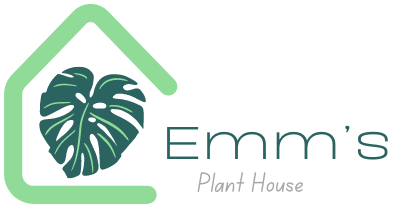1
/
of
4
Emm's Plant House
Dionaea muscipula 9cm H10cm
Dionaea muscipula 9cm H10cm
Regular price
£8.00 GBP
Regular price
Sale price
£8.00 GBP
Unit price
/
per
Taxes included.
Couldn't load pickup availability
Dionaea muscipula, commonly known as the Venus Flytrap, is one of the most iconic carnivorous plants in the world. Famous for its jaw-like traps that snap shut on unsuspecting insects, this small but dramatic plant adds fascination and movement to any collection. Despite its exotic appearance, it is straightforward to care for when its natural bog-like conditions are provided.
- Full Botanical Name: Dionaea muscipula
- Common Names: Venus Flytrap, Fly Trap Plant
- Country and/or Region of Origin: Coastal wetlands of North and South Carolina, USA
- Growing Conditions in Native Habitat: Found in nutrient-poor, acidic peat bogs with full sun, high humidity, and consistently wet but oxygen-poor soil; depends on capturing insects for nutrients
Care Guide
Care Guide
Share








